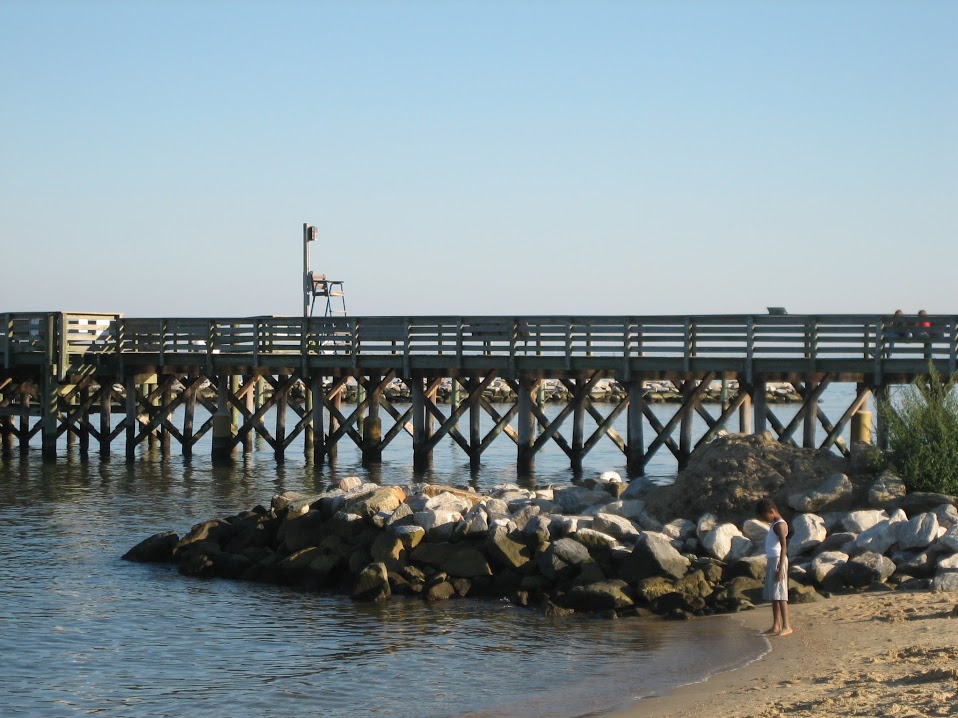 The U.S. Senate Subcommittee on Water and Wildlife, chaired by Senator Ben Cardin (D-Md.), held a hearing May 13 on stormwater runoff in transportation infrastructure. The hearing examined the effects of stormwater runoff on the water quality of receiving streams as well as opportunities for protecting downstream infrastructure from the effects of uncontrolled stormwater runoff. Witnesses at the hearing testified that effective stormwater management will prolong the life of the highway infrastructure, improve driver safety, and reduce flood risks.
The U.S. Senate Subcommittee on Water and Wildlife, chaired by Senator Ben Cardin (D-Md.), held a hearing May 13 on stormwater runoff in transportation infrastructure. The hearing examined the effects of stormwater runoff on the water quality of receiving streams as well as opportunities for protecting downstream infrastructure from the effects of uncontrolled stormwater runoff. Witnesses at the hearing testified that effective stormwater management will prolong the life of the highway infrastructure, improve driver safety, and reduce flood risks.
The hearing, “Solving the Problem of Polluted Transportation Infrastructure Stormwater Runoff,” addressed the merits of integrating minimum requirements for stormwater management associated with qualifying Federal aid roadway and highway projects. Currently, the level of treatment required by state departments of transportation (DOTs) on roadway improvement, redesign, or full design projects varies greatly.
Paul Mather, highway division administrator with the Oregon DOT, highlighted the benefits of progressive stormwater management for linear construction projects. He also stressed the success of cost-effective runoff controls based on a close relationship between DOTs and state regulatory agencies.
James Gibson, director of integrated watershed management at Sanitation District No. 1 (SD1) in Northern Kentucky, detailed the effects of uncontrolled stormwater runoff on SD1 property and infrastructure. Illustrating his point, $3 million for new highways and scheduled maintenance were unavailable in Northern Kentucky due to costs associated with addressing damaged infrastructure, attributable in part to ineffective stormwater management.
Dan Medina, technical director for water with Atkins Global and lead editor of Design of Urban Stormwater Controls, described new technologies for highway infrastructure that provide cost-effective treatment of stormwater runoff. For example, permeable friction course overlays use permeable asphalt over traditional roadway surfaces to filter runoff pollutants and improve roadway safety, reducing roadway splash and spray.
Testimony also was provided by Kim Coble, vice president for environmental protection and restoration with the Chesapeake Bay Foundation, and other organizations.




